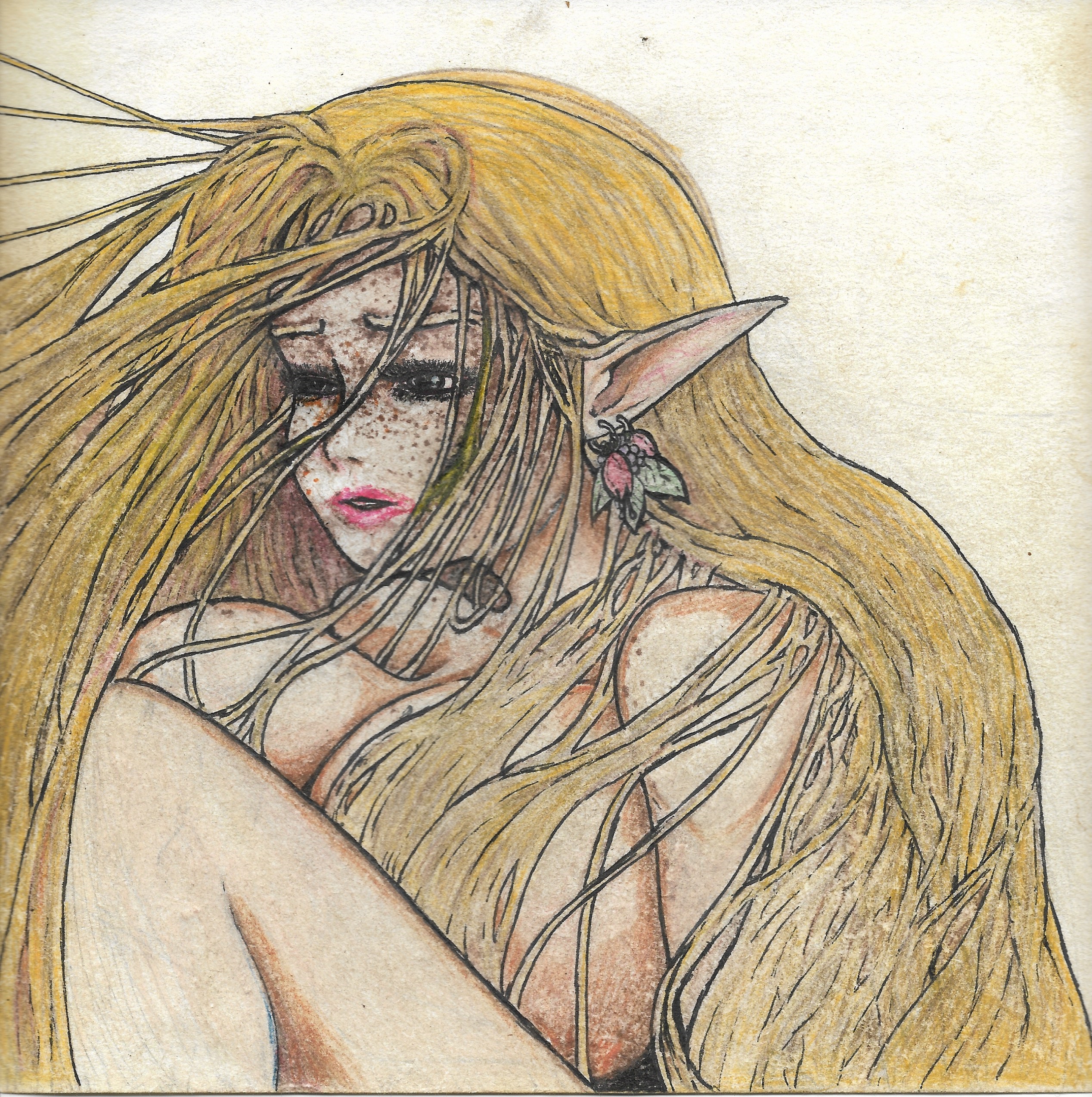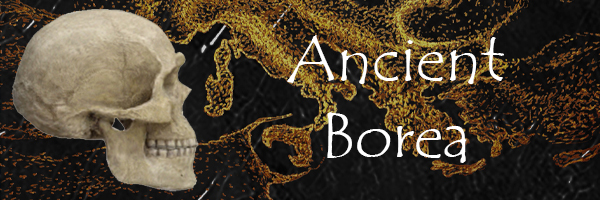Nymphs
Introduction
Nymphs in Palæoboreanic mythology were lesser-deities who ruled over various landforms and natural phenomena.
Lifespan
Nymphs are biologically immortal, with extraorodinary healing/regeneration and immune capabilities. Most are hundreds or thousands of years old; many are tens of thousands of years old; a small handful are over a hundred-thousand years old.
Reproduction
Nymphs reproduce by automictic parthenogenesis, meaning that an embryo results from the fusion of two haploid cells (an egg cell with either another egg cell or a polar body, usually the latter), meaning that the daughter Nymphs will not be perfect clones of their biological mothers.
Fertility
Only the eldest Nymph of each band, the Alpha Nymph, will be fertile at any given time. The exact mechanism which results in this is unknown.
Gestation
Nymphs give birth to a zygote-containing caul (i.e., an amniotic sack with an embryo inside), which is grown in the branches of a tree and hatches after about 15 years to produce a Nymphet who looks very nearly like an adult Nymph, roughly equivalent in relative maturity to a human in its late teens.
Familial Relationships
Nymphs have only one type of familial relation. All Nymphs within a family group refer to one another as “sister” or “belovéd”. A Nymph will generally refer to any older members of the family group as “Elder Sister” and to any younger members of the family group as “Younger Sister”. A family group will generally have a matriarchal leader, or “Alpha Nymph”, who is most often the biological mother of some or all the Nymphs in a family group; this Alpha Nymph is generally called “Big Sister” by the family group. Newly-emerged Nymphets are often called “Little Sister” by the family group.
Dryads, or “Woodnymphs”
(Homo nymphe dryadalis)

|
Adryads, or “Forest-nymphs”
|
|
Hamadryads, or “Treenymphs”
|
|
|
Alseids, or “Grove-nymphs”
|
Hydrads, or Waternymphs
(Homo nymphe aquatilis)
|
Nereids, or Seanymphs (Homo nymphe aquatilis var. marum)
|
|
|
Naiads, or Freshwater-nymphs (Homo nymphe aquatilis var. naias)
|
|
|
Potameiads, or Rivernymphs (Homo nymphe aquatilis var. naias subvar. potamis)
|
|
|
Pegææ, or Springnymphs (Homo nymphe aquatilis var. naias subvar. fontis)
|
|
|
Crinææ, or Fountain-nymphs (Homo nymphe aquatilis var. naias subvar. saliens)
|
|
|
Limnads, or Lake-nymphs (Homo nymphe aquatilis var. naias subvar. lacus)
|
|
|
Eleionomæ, or Marshnymphs (Homo nymphe aquatilis var. naias subvar. lama)
|
Underworld Nymphs
|
Arachneyads, or “Spider-nymphs”
|
|
|
Lampads, or “Torch-nymphs” (Homo nymphe rubeus)
|
Geads, or “Earth-Nymphs”
|
Aulonyads, or Fieldnymphs
|
|
|
Napæa, or Valley-nymphs
|
|
|
Oreads, or Mountain-nymphs
|

